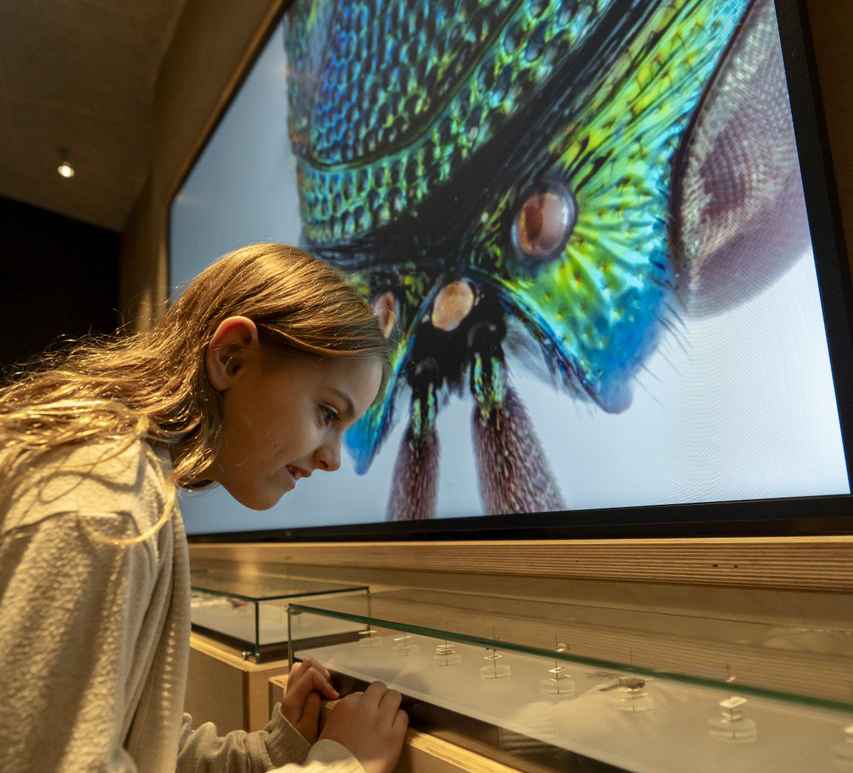February is Saskatchewan Aboriginal Storytelling Month. Storytelling is an Indigenous tradition that promotes their rich oral history and culture, and winter is the customary time to tell stories. In keeping with this tradition, Sâkêwêwak held a Storytellers Festival last week. It was there I shared the Royal Saskatchewan Museum’s story of the mysterious Nottingham collection. Perhaps you have some clues?
In 2011 the RSM was the recipient of a very special donation of 25 pieces of beadwork from the descendants of Mrs. Ann-Alice Nottingham. She came to Saskatchewan from England in 1904 with her husband and four children. They lived in a tent in Markinch for two years, where she gave birth to their fifth child. The family then moved to a homestead about eleven kilometres south of Raymore, Saskatchewan. While in Markinch, Ann-Alice began to purchase beadwork from Indigenous women from the nearby Reserves. She continued to purchase beadwork at the homestead, as well. Through the years she collected many pieces. She left the collection to her son James, who left it to his three children, who in turn, left the split-up collection to their children. By 2010, about one-third of the collection had been lost and the other two-thirds were scattered throughout Saskatchewan, the United States and Scotland. It is these two-thirds that the family collected and donated to the RSM.

Part of the collection was on exhibit in the fall/winter of 2015-16 in our First Nations Gallery. The story we were able tell was very much the donor’s story. It is an interesting story of a family’s journey into a new life and all the changes they experienced. It is clear tat Ann-Alice Nottingham appreciated the beadwork that local Indigenous women brought to her door to sell. However, this is where the story turns into a ‘cold case’. Ann-Alice did not record the names of the women who sold their work, nor did she mention their communities. Understandably, many collectors do not record such information and it is often not part of the buying and selling process. Now, more than one-hundred years after she started purchasing the beadwork, we have lost the knowledge of who the women were that made these beautiful beaded items. What were their names? What were their dreams? Why were they selling their work? The pass system was in place back then, so how did they get out of their communities to sell? There are many questions and it is clear that more than half the story remains unknown at this time. There is a chance we may still be able to find out who these unknown artists were and what their beadwork meant to them – through storytelling and oral history. Do you have a story to tell?

